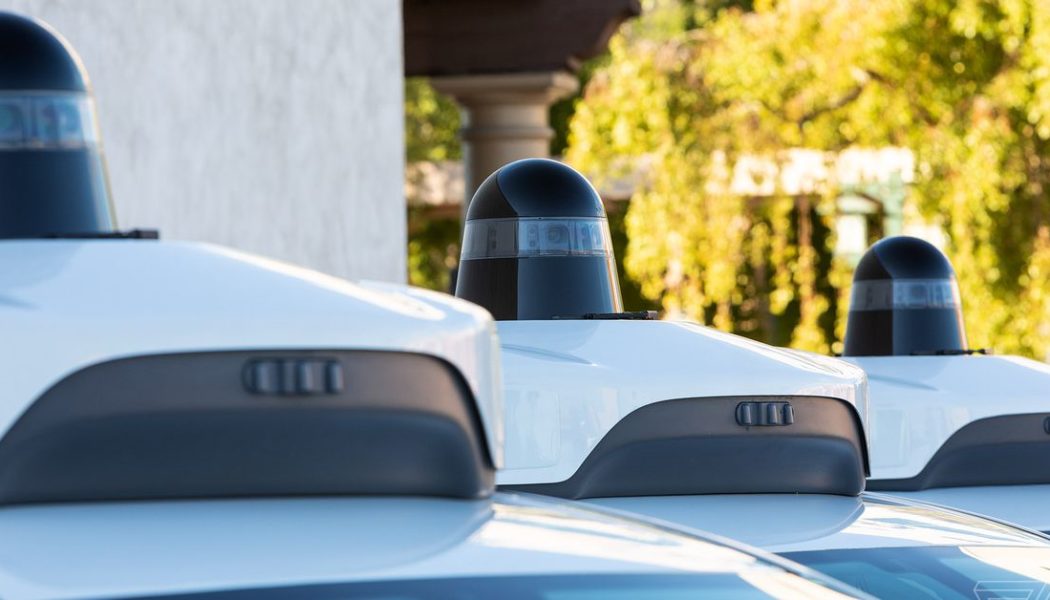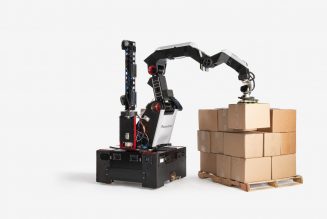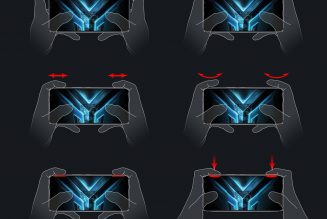
So long, Self-Driving Coalition for Safer Streets; hello, Autonomous Vehicle Industry Association!
The AV industry’s top lobbying group in Washington, DC is rebranding, dropping the reference to “self-driving” in exchange for a more straightforward moniker. The group, which was founded in 2016 by Waymo, Ford, Lyft, Uber, and Volvo, lobbies lawmakers to pass legislation favorable to its members. It has since grown to include the top AV operators in the country, including Cruise, Aurora, Argo AI, Motional, Nuro, and Zoox.
Tesla sells a feature called “Full Self-Driving,” which is a beta version of an advanced driver-assist system that controls some of the car’s functions on local roads but still requires human supervision. In contrast, autonomous vehicles are cars that can operate on public roads without any human intervention or supervision.
To be sure, the lobbying group doesn’t reference Tesla in its announcement, but it does say that its new name better aligns with its members’ “commitment to precision and consistency in how the industry, policymakers, journalists and the public talk about autonomous driving technology.” The group goes on:
The association recently called on all stakeholders to clearly distinguish between AVs and driver-assist to boost consumer trust and understanding. AVIA advocates for autonomous vehicles, which perform the entire driving task. AVs do not require human operators, not even to serve as a backup driver; the people or packages in the vehicle are just passengers or freight.
A year ago, Waymo announced that it would stop using the term “self-driving cars” to describe its fleet of vehicles in an effort to use “more deliberate language” in its marketing, educational, and promotional materials. The company cited “some automakers” who use “the term ‘self-driving’ in an inaccurate way,” which can lead to confusion and possibly crashes.
Years ago, Waymo considered developing an advanced driver-assist system like Tesla’s “Full Self-Driving” version of Autopilot but ultimately decided against it, having become “alarmed” by the negative effects on the driver. Drivers would zone out or fall asleep at the wheel.
There have been increasingly urgent calls to standardize the language used to describe autonomous driving. Ford has come out in favor of standardized visual cues that autonomous vehicles could use to communicate intent to pedestrians, bicyclists, and other drivers.
Meanwhile, critics continue to assail the five levels of automation as defined by the Society of Automotive Engineers, the global standard for self-driving, for being overly broad and possibly dangerous. Most experts agree: we need a better, more unified way to talk about autonomous vehicles.
Federal regulators agree. In a recent interview with The Verge, US Secretary of Transportation Pete Buttigieg made comments criticizing any company that uses misleading language to describe driver-assist features.
“I keep saying this until I’m blue in the face: anything on the market today that you can buy is a driver assistance technology, not a driver replacement technology,” Buttigieg said. “I don’t care what it’s called. We need to make sure that we’re crystal clear about that — even if companies are not.”
Initially, some people in the AV industry were skeptical that Waymo was making the right move. According to TechCrunch, there were concerns about what it would mean to cede the term “self-driving” to Tesla. Some AV company CEOs pushed back against the idea of abandoning the term in favor of continuing to educate the public about the differences between its vehicles and ones with Level 2 driver assist systems.
But now that the lobbying group that includes as members practically every AV operator in the US is dropping the term, it seems like those fears have now been realized. But what happens when Tesla decides to release a product called “Fully Autonomous”?









